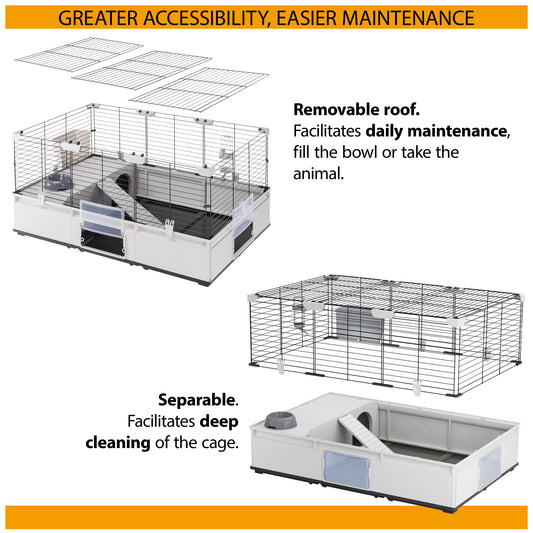It’s National Pet ID Week and the perfect time to double-check that you are doing everything you can to help identify your dog should it become lost or stolen. It is estimated that more than 2,000 dogs are stolen each year in the UK and unfortunately many of them do not have the necessary ID to be reunited with their owners if they are recovered. Did you know that there are legal requirements for pet ID too? Make sure you know and follow the guidance to help protect your pet.
In the UK, the Control of Dogs Order 1992 states that any dog in a public place must wear a collar with the owner’s name, address and postcode clearly visible on it. Your house number and postcode are all that’s needed, rather than your full postal address.
If your dog does not wear an ID tag or has a tag that does not have all the required information on it, you could be fined up to £5,000.
There is no legal requirement for a telephone number, but this is strongly encouraged as it is the quickest way for someone who finds your dog to contact you. A mobile number may be preferable to a landline so that you are more easily reached.
Some owners like to include the name of their pet on its ID tag, but others are more wary to give away this information to potential dog nappers. If your dog responds to its name, someone taking a fancy to your pet could use this as a way of gaining their trust.
Time for a tag check!
If your dog has been wearing the same ID tag for a long time, take the opportunity now to check it. Is all the information still up to date? Can the engraving still be clearly read? Are there any signs of damage or wear to the tag which could put it in danger of falling off? Is your dog’s collar showing any sign of damage or wear? Is it about time you replaced it?
Microchipping
Microchipping is a form of permanent identification which can greatly increase the chances of you being reunited with your dog should they be lost or stolen. It involves implanting a tiny microchip – about the size of a grain of rice – under the skin of an animal, which contains a unique identification number. When a hand-held microchip scanner is passed over the site of the chip by a vet or rescue worker, the number can be read and cross-referenced with a database of owner details. The microchipping procedure is painless and can be carried out quickly by a vet.
Since April 2016 it has been compulsory for owners to ensure that their dogs are microchipped. A dog should be microchipped by the time it’s 8 weeks old, or the owner could face a fine of up to £500.
A microchip is not a replacement for a collar and ID tag, which remain a legal requirement in a public place.
Time for a microchip check!
When was the last time you had your dog’s microchip checked? It’s a good idea to ask your vet to scan your dog when they go for their annual check-up, just to make sure the chip is still readable and hasn’t shifted position – it’s rare, but it can happen.
Also, when did you last update your details on the microchip database? If you have moved house or changed your telephone number, don’t forget to update the microchip records to ensure your pet can be returned to you if they are found.
In the UK, there are 15 different microchip databases, so you need to know who your pet is registered with to update the details. Fortunately, there is a handy website called Check A Chip where you can enter your pet’s unique microchip number and be directed to the database that holds their details.
Make sure to be a responsible dog owner!
If you enjoyed this post, you may be interested in:









